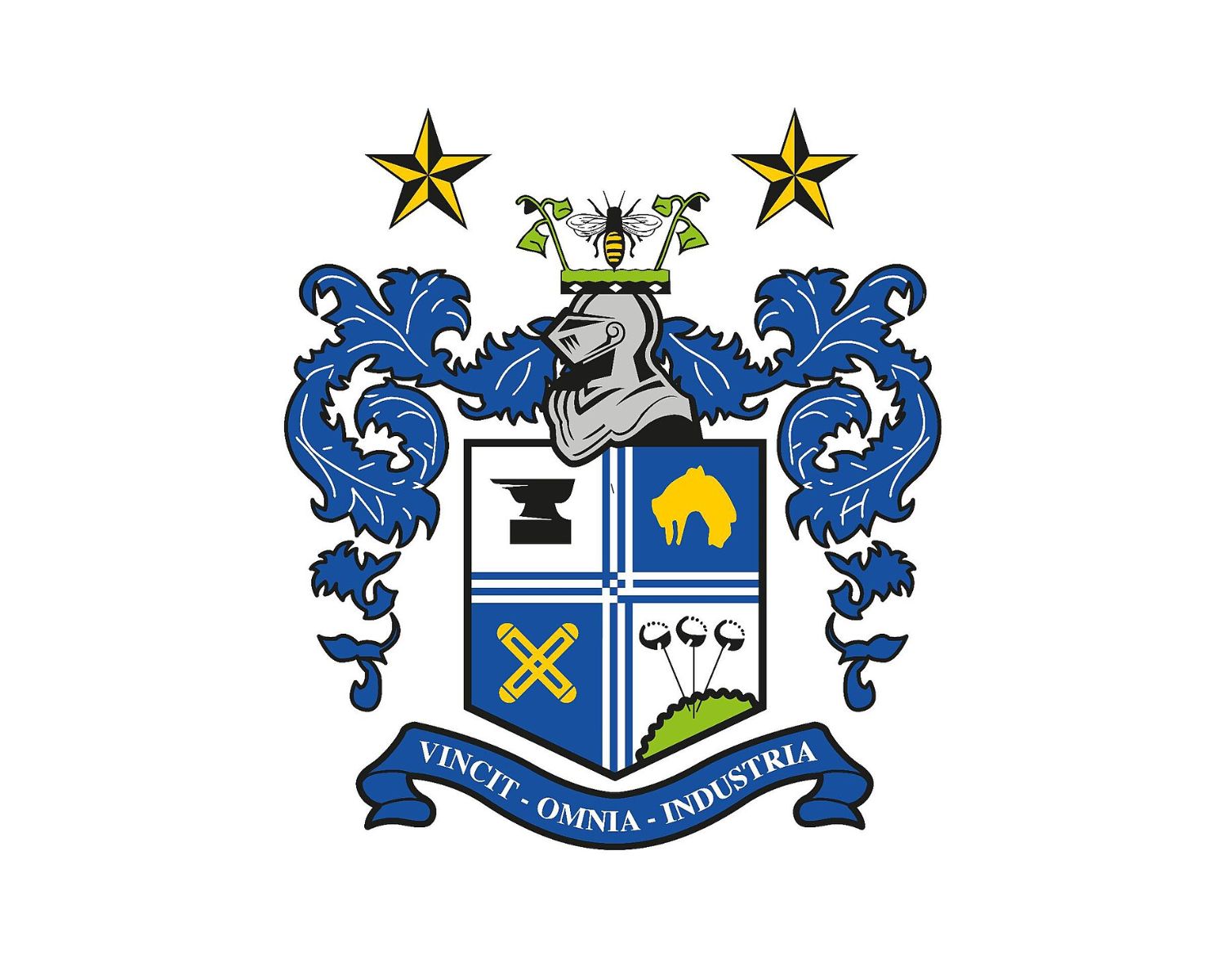
Football clubs have always been at the heart of the beautiful game, with devoted fans cheering them on from the stands and players delivering thrilling performances on the field. One such club that holds a unique place in the history of English football is Bury FC. With a rich heritage and a passionate fanbase, Bury FC has left an indelible mark on the sport. In this article, we will explore 11 fascinating facts about Bury FC that showcase their significance in the world of football. From their early beginnings to their memorable triumphs and challenges faced along the way, join us as we delve into the captivating story of Bury FC.
Key Takeaways:
- Bury FC, one of England’s oldest football clubs, has a rich history, including FA Cup victories and a dedicated fanbase, despite recent financial challenges.
- The club’s commitment to youth development and the unwavering support of its community highlight Bury FC’s enduring legacy and hope for a bright future.
The Birth of Bury FC
Founded in 1885, Bury FC holds the distinction of being one of the oldest football clubs in England. With over a century of existence, the club has witnessed highs and lows, making it an integral part of football heritage.
Home Ground – Gigg Lane
Gigg Lane, located in Bury, Greater Manchester, has been the cherished home ground of Bury FC since its inception. The stadium has a seating capacity of over 11,000 and has hosted countless exhilarating matches throughout the years.
Historic Success
Bury FC has achieved several notable successes in its illustrious history. The club won the FA Cup on two occasions, triumphing in 1900 and 1903, cementing its place as a formidable force in English football.
The Club’s Nickname
Bury FC is affectionately known as “The Shakers.” The origin of this nickname dates back to the club’s early years when local workers in Bury would shake machinery, giving birth to the moniker that continues to represent the club’s spirit and identity.
Legendary Players
Over the years, Bury FC has been home to a plethora of legendary footballers who have left an indelible mark on the club’s history. From Neville Southall to Stan Bowles, these players have showcased their exceptional talent while wearing the famous Bury FC jersey.
Notable Rivalries
Bury FC has had fierce rivalries with neighboring clubs, with matches against Rochdale and Bolton Wanderers often bringing out the best in both teams. These intense battles on the pitch have provided fans with unforgettable moments and legendary clashes.
Financial Challenges
Despite its rich history, Bury FC has faced financial challenges in recent years, leading to its expulsion from the English Football League in However, the club’s loyal fanbase continues to rally behind it, hoping for a brighter future.
A Legacy of Youth Development
Bury FC has a long-standing commitment to youth development, nurturing young talents and providing them with opportunities to thrive in the world of football. Many promising players have honed their skills at Bury before making their mark at higher levels of the game.
A Supportive Community
The Bury FC fanbase is known for its unwavering support and dedication to the club. Through thick and thin, the community stands united, attending matches in large numbers and creating an electric atmosphere at Gigg Lane.
Honoring Club Legends
Bury FC pays tribute to its icons by immortalizing them in various ways. From statues and wall murals to naming stands after legendary figures, the club ensures that its history and heritage are celebrated for generations to come.
A Bright Future
Though challenges have befallen Bury FC, there is a renewed sense of hope and optimism as efforts are made to revive the club. The football world eagerly awaits the return of Bury FC to competitive action, eager to witness the next chapter in its storied journey.
So there you have it, the Bury FC: 11 Football Club Facts that provide a glimpse into the captivating world of this historic club. From its origins in the late 19th century to its place in modern football, Bury FC continues to leave an everlasting impact on the beautiful game.
Conclusion
In conclusion, Bury FC is a fascinating football club with a rich history and a dedicated fanbase. From their humble beginnings in 1885 to their rise to the Football League, Bury FC has achieved significant success and left a lasting impact in the world of football. Despite facing recent challenges and being expelled from the English Football League, the club’s passionate supporters continue to rally behind them. Bury FC’s legacy serves as a reminder of the passion, resilience, and community spirit that football can inspire. As we eagerly await their return, let us celebrate the unforgettable moments and the enduring spirit of Bury FC.
FAQs
1. When was Bury FC founded?
Bury FC was founded in 1885.
2. What league did Bury FC compete in?
Bury FC competed in the English Football League.
3. What were some of Bury FC’s notable achievements?
Bury FC won the FA Cup twice in 1900 and 1903 and were runners-up on two occasions.
4. Why was Bury FC expelled from the English Football League?
Bury FC faced financial difficulties, which led to their expulsion from the English Football League in 2019.
5. Will Bury FC make a comeback?
There is hope for Bury FC to make a comeback, as efforts are underway to revive and rebuild the club.
Was this page helpful?
Our commitment to delivering trustworthy and engaging content is at the heart of what we do. Each fact on our site is contributed by real users like you, bringing a wealth of diverse insights and information. To ensure the highest standards of accuracy and reliability, our dedicated editors meticulously review each submission. This process guarantees that the facts we share are not only fascinating but also credible. Trust in our commitment to quality and authenticity as you explore and learn with us.
